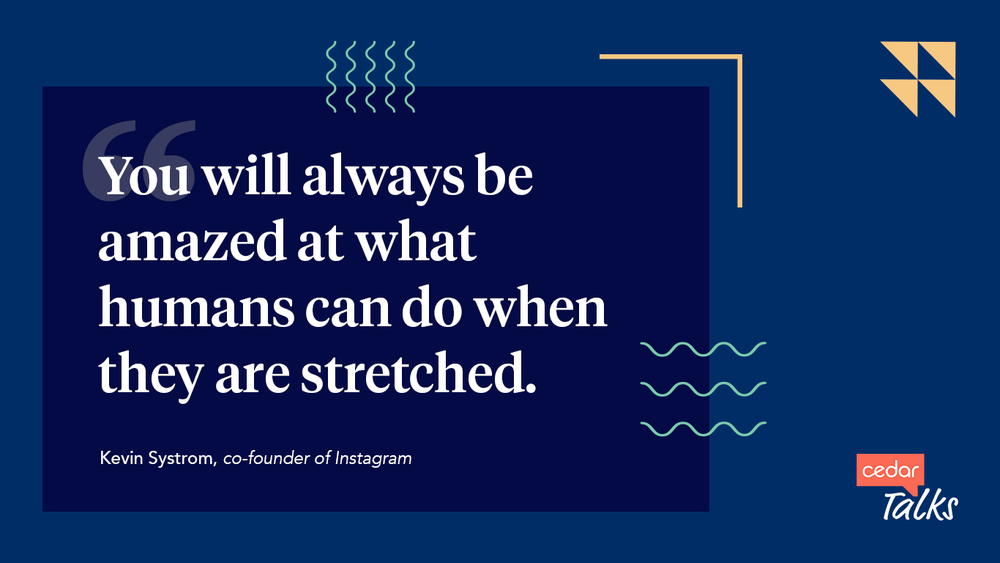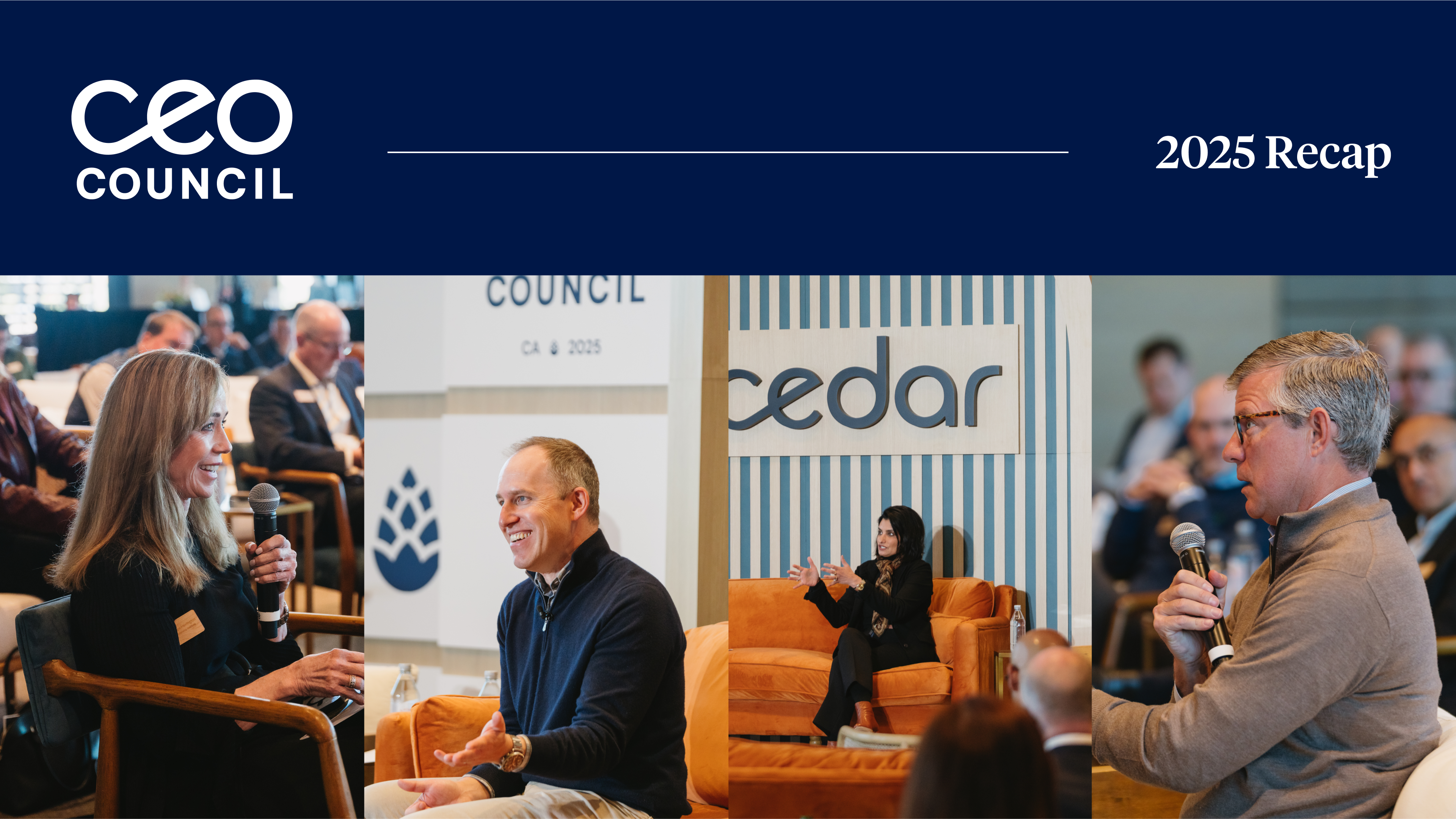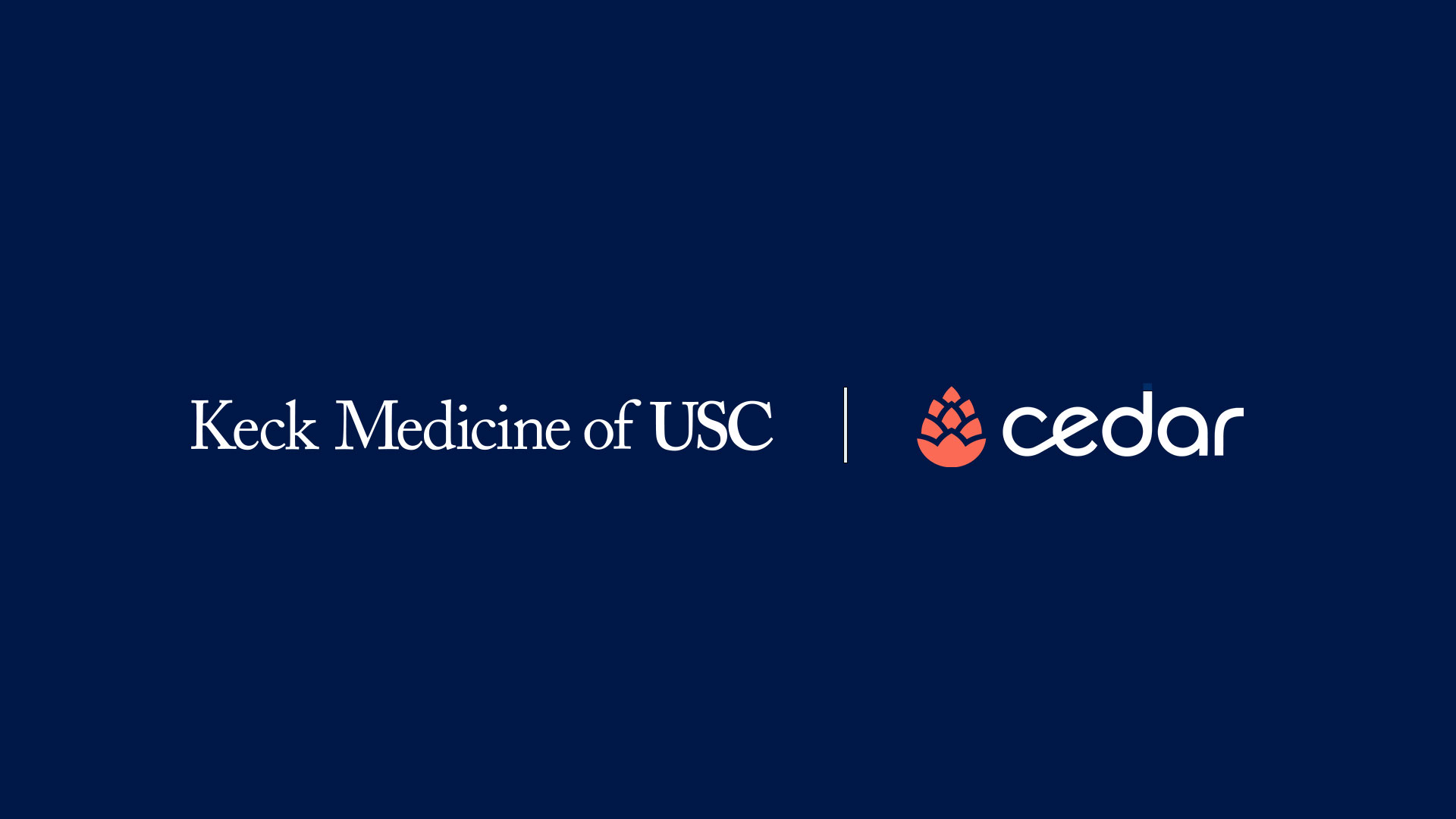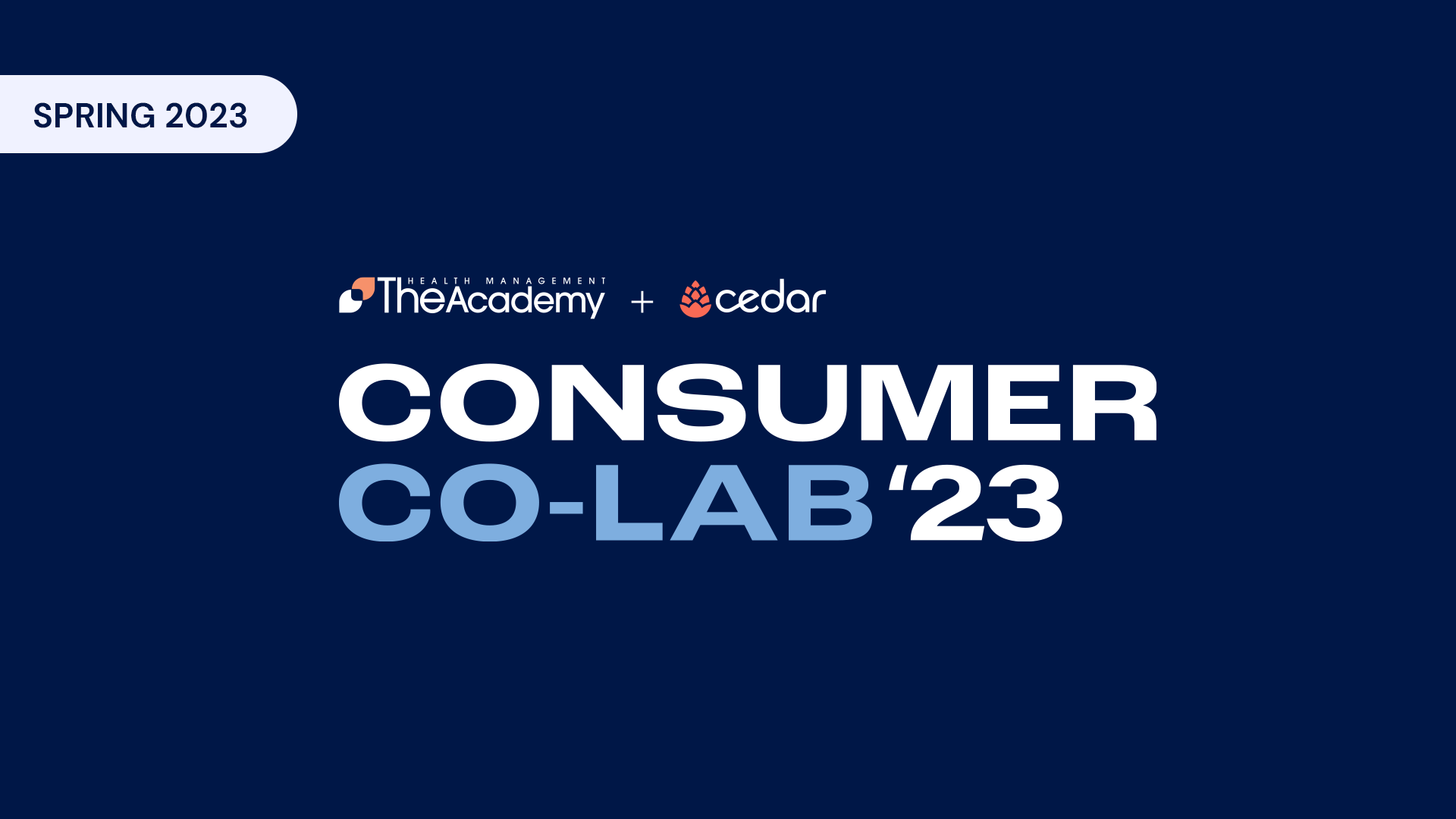Kevin Systrom, former CEO and co-founder of Instagram, recently joined (virtual) Cedar Talks to share lessons gained from scaling one of the top social media companies of the decade. During his time at Instagram, Kevin oversaw the launch and growth of innovative efforts in on-feed advertising and stories —all while growing Instagram’s community to over a billion monthly worldwide users.
During the hour-long conversation focused on user engagement, Systrom shared insights gained building one of the world’s biggest social media platforms, cultivating a winning startup culture, focusing on a “customer first” approach to products and much more.
We’ve selected highlights of the interview below. To watch the full interview click here.
On his entrepreneurship beginnings and leaving Google to start Instagram
Throughout high school and college I was always someone who wanted to start things. I never thought about starting a company but I liked coming up with ideas and forming them.
The pivotal moment for me was doing something called the Mayfield Fellows program at Stanford. I had a couple friends who were interested in startups and computers. They had done this program and they said, “You should apply.”
So I applied and it’s 12 kids who are focused on entrepreneurship as part of their education and as part of that you do an internship. So I got in, thankfully, and my internship was at a company called Odeo, which not a ton of people know about today, but it was the precursor to Twitter.
That was my first foray into social media. I remember meeting the Facebook folks and thinking, “I love social media, maybe I’ll do that someday.”
But like everyone else at Stanford, when I graduated I worked at one of the “big ones.” I went to Google, [and] working at a big company, I saw these little companies getting started and [realized] I wanted to do that.
So, effectively, I hopped off the career train and hopped onto the startup train. Long story short, [I] went through a bunch of different ideas but ended up wanting to start something that aligned with my passions around photography. That’s how I got to entrepreneurship in general.
The transition for me was a natural one just because I was always seeking a home in that kind of uncertain yet exciting environment. At the same time, the contrast couldn’t be more different: pampered shuttles [versus] a coworking space that’s kind of dirty and you’re working until 1 a.m. and there’s no heat [so] you can see your breath.
It was different but it’s the kind of different that someone who loves that “different” thrives on. And I did love it and I still love it today. It’s part of why I like being independent now and getting back to my roots and getting to start new things.
Watch Systrom’s full answer on his transition starting at 3:14.
On mistakes that startups will make and how to prepare for them
I’ll put [the types of mistakes] into two categories: product decisions and people decisions.
We refocused our product building process […] on the user and the problems they have in their day and how this product serves them […] instead of trying to project our view of what they should be doing on to them, shaping their behavior or telling them they should use something just because we thought it was cool.
We reframed it to, “They’re the boss, they’re going to tell us what they love, what they don’t love and they’re going to be ruthless about it in a way that employees are not.” So let’s build things that they love […] and let’s start with what problems this product already solves for them.
And the second we started to do that we started to have this amazing run of […] a year and a half or so of just hit after hit…it was like the best product run that I’ve witnessed at a company in a long time because we focused on the customer.
I think what companies end up doing is trying to solve their own problems, their strategy problems, their competitive problems, trying to hit revenue targets instead of saying, “We don’t matter. The customers matter, so let’s focus on them.”
It’s really important to get the team right and do as much research and work as possible to make sure…that you are building the team thoughtfully. And then as a leader, never let that go. I wish I had remained deeply involved in our hiring process even years later, even at some of the more junior levels.
Because I think that the team you build will build the product that your users interact with and if you don’t have that right match among the team members, the product comes out the wrong way. These are not revelatory statements. Every entrepreneur’s heard them before but I think both are worth underscoring.
I think “junior” people will surprise you. I think far too often people – especially leaders – will look at someone and then lump that person into their current level. Your job is to stretch people and you will always be amazed at what humans can do when they are stretched if they’re good. That’s just another thing to keep in mind. Often, I think leaders underestimate the abilities of the folks that could step into a senior role internally.
Go to 15:23 for more on the role of leadership, customer centricity and team building.
On how combining intuitive design and data science can generate great user experiences – and why healthcare hasn’t yet really put it together
Think about the history of product development on the internet – how many years that goes back. You could say 20, but really, modern web development and modern practices – it’s a really short book compared to every other industry in the world.
The reason it hasn’t happened yet is because a lot of these best practices are new. We’re still figuring this out. It’s so nascent. It’s as if the laws of gravity had just been discovered…People know about them but it’s kind of unclear how to use them. So I think we just need time.
Beauty and craft is something that, as any artist knows, while it can be taught, it is an experiential education […] you just have to see a lot of stuff and understand what works and what doesn’t. And the best way to understand great products is to tinker with things to understand why they work the way they do. To be curious. And to hire great designers. And then to match that with data is one of the most powerful combinations because data can supercharge your learning.
For more on data and design check out 22:11.
On the misnomer of “overcrowded” product areas and the scope for innovating
If you take a step back and you ask people about a new idea you have, often the answer will be, “Oh, that’s a crowded slow space.” Maybe that’s why it’s an area ripe for disruption. I remember pitching Instagram to people and they’re like “Photos? Why would you do photos? There’s no money in photos.”
And everyone was like, “Video is the future.” And while I agree, video is the future, the question is, “is it a replacement for the past or is it an expansion of the past?” And to me, it was very clear that photo hadn’t really had much done to it in a long time. I mean, the last innovation before Instagram in photos was people tagging on Facebook.
I think far too often people assume just because an area is old or has been tried a bunch before that there’s not an opportunity there. Clearly with Instagram there was. And by the way, Instagram started and Snapchat still started. And TikTok still started. So, I think people underestimate how much space there is, as long as you have great leadership, great design, great product instincts and a differentiated offering. You can’t just do the same thing that everyone else does.
Watch Systrom’s answer at 27:00.
To watch the full interview and hear Systrom’s thoughts on the most effective channels for listening to users, new products versus innovating existing products, what inspires him, how he knew there was a market for Instagram before it existed, his newest project and much more click here.
Cedar Talks is a thought leadership series focused on highlighting experienced entrepreneurs, tech innovators and healthcare leaders who are solving important problems by challenging the status quo. Recent Cedar Talks have included One Medical founder Tom Lee, Kyruus co-founder Julie Yoo and Oscar founder Mario Schlosser.
If you’d like to be notified of future Cedar Talks, click here to join the mailing list.



